Disclaimer: This post contains affiliate links. If you click through and make a purchase, I may receive a small commission (at no additional cost to you). This helps support and run my blog. I only recommend products I personally use and love. Thank you for your support.
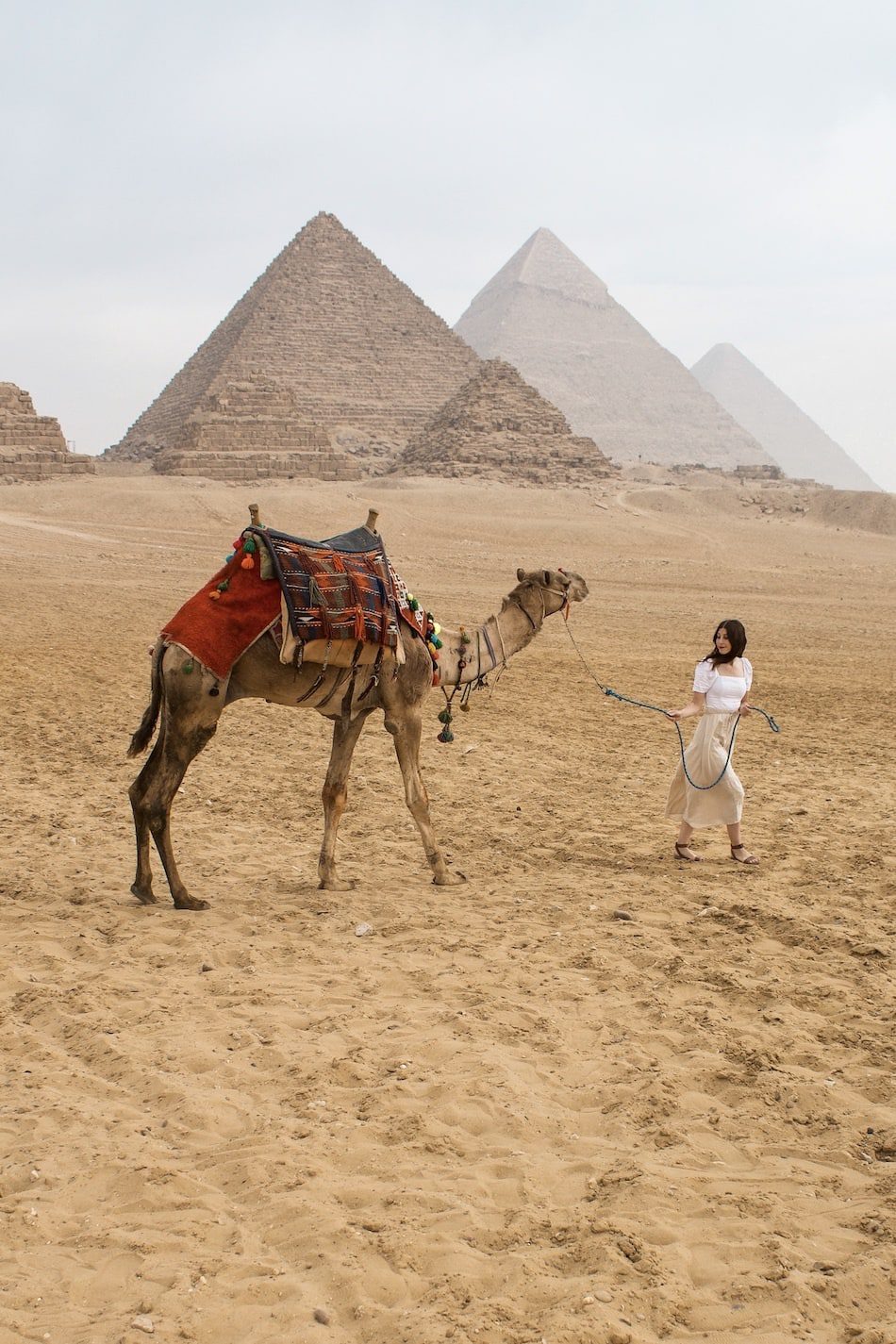
Egypt is one of the top travel destinations for 2022. Crowds have yet to return to pre-pandemic levels, making it the perfect time to visit. Egypt is home to some of the world’s top attractions and has an incredible history dating back to the beginning of civilization. Many of the country’s sights are well-preserved despite widespread looting and destruction over the years. There are beautiful temples, intricate tombs, and of course the great pyramids.
Many travelers choose a guided Egypt tour but independent travel is certainly doable. Independent travel may be a good option if you prefer to keep your own schedule or wish to travel on a budget. Many people opt for a guide out of safety concerns or because they find the travel logistics overwhelming. This guide and itinerary will put those concerns at ease and simplify the planning process. The sights in Egypt are endless but this 7 Day Egypt Itinerary will cover the must-sees in an appropriate amount of time. Get ready for an unforgettable experience.
How to Get to Egypt
Egypt is located in northeastern Africa. Direct flights to Cairo International Airport are available from a handful of cities, including Chicago, New York, and London. Whether your flight is direct or not, you will first arrive in Cairo and from there will fly Egyptair to any of Egypt’s major cities.
A visa is required for US citizens to enter Egypt. A visa can be purchased on arrival or in advance online. I suggest purchasing in advance. The process is quick and simple and will save you time at the airport. A tourist visa is $25 USD and is good for 60 days.
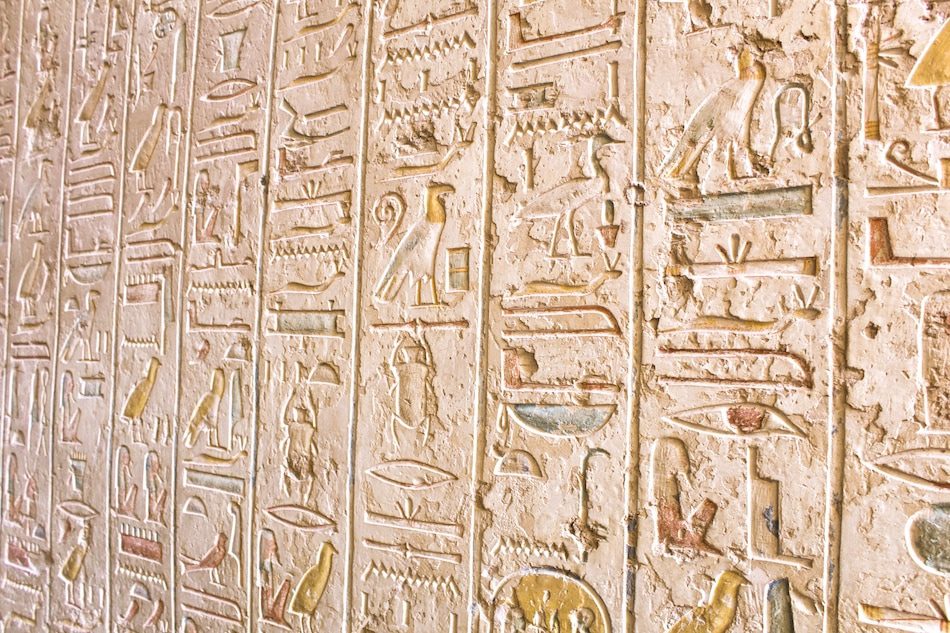
Best Time to Visit Egypt
The best time to visit Egypt is November through February. During the winter, the weather is mild and the afternoons are often filled with sunshine. However, Cairo can still get quite cold, so make sure to bring a jacket. These months are also considered the high season. Tourism is at its peak and accommodations are priced at their highest.
The months shouldering the winter can be a great time to travel as well. These months are March through May and September through October. These months are warmer, with May and September being hot but major sites are less crowded and there are deals to be found on hotels.
The summer months of June through August should be avoided. These months are extremely hot and temperatures can reach 108°F (42°C). The summer is considered the low season and you’ll find the best prices on accommodations. Travel isn’t impossible during this time if you are ok with visiting attractions when they open at 6 am to avoid the heat.
Ramadan is a month of fasting and prayer that’s observed by the Muslim community. The dates change from year to year but it is the ninth month of the Islamic calendar. Travel during this time should be avoided since many attractions have shorter hours and restaurants and cafes may be closed during the day.
I visited toward the end of February 2022 and the weather was perfect. It was somewhat chilly during the morning and evening but sunny during the afternoon. There was some light rain one day but not enough to hinder plans. Tourism also has yet to recover from COVID and crowds were at a low.

How to Get Around Egypt
Getting around Egypt is fairly easy. However, it does require some advance planning when traveling between cities. It’s also important to take traffic into account, especially in Cairo.
Private Car / Taxi
I would not recommend a rental car in Egypt (for a multitude of reasons) but a private car or taxi is a great way to get around. A private car is a hassle-free option and will save you a lot of time. It can be hard to find taxis at some of the temples and sights. I suggest finding a driver in each city when you arrive and using them for the duration of your stay. You’ll want to negotiate with them in advance. Most drivers can offer guides and arrange tours for you as well.
If you’re on a budget, I suggest using the Uber-owned app, Careem. The rates on Careem are considerably lower than those quoted by taxis that you’ll find on the street. You can also reference the app for rates as a starting point to negotiate with taxis. Please keep in mind that many Careem drivers don’t speak English so you will need to know your destination and will likely need to locate it on a map for them.
Police permission is required in advance for some routes between cities. For these routes, you’ll need to arrange for a taxi or driver in advance. They will need to get a permit for your travel. Aswan to Abu Simbel is one journey where this is required.
Train
If you wish to minimize costs, Egyptian Railways can be a good option for travel between Cairo, Luxor, and Aswan. The train journeys are very affordable but also very long. I don’t recommend train travel on this 7 day Egypt itinerary but if you have more time, it may be an option you want to explore, specifically the sleeper train.
Plane
Depending on location, a plane will likely be the most efficient mode of transport. Egyptair offers options to many of Egypt’s major cities. Most of these destinations are fairly budget-friendly. For example, you can expect to pay about $75 USD for a flight from Cairo to Luxor. You’ll need to weigh the costs/time spent between a flight or car transport. I’ll include my recommendations in the Egypt itinerary below.
Nile Cruise
A Nile cruise is a popular option for getting around Egypt. The boats sail down the Nile from Luxor and disembark at the country’s most popular destinations along the way. There are short cruises from Luxor and longer ones departing from Cairo. Most are all-inclusive.
A cruise has its pros and cons and isn’t for everyone. You will be on the boat’s schedule and it’s more expensive than traveling independently. However, it will simplify travel for you and provide you with incredible scenery along the way.
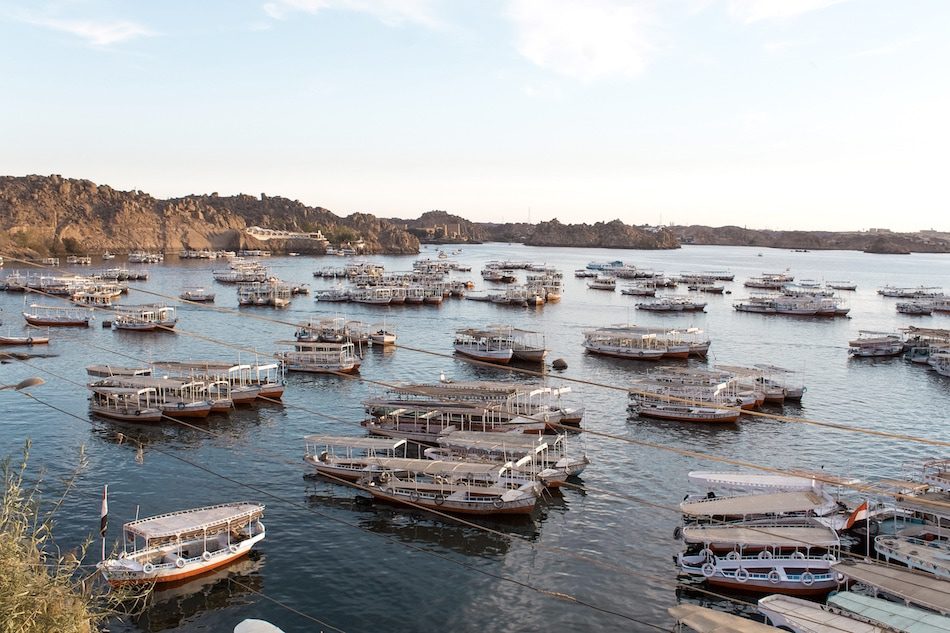
Safety in Egypt
The crime rate in Egypt is relatively low. I traveled to Egypt independently with a friend and as two women, we never felt unsafe. Like anywhere though, it’s important to be aware of your surroundings and stay in populated and well-lit areas. Pickpocketing in busy cities such as Cairo does happen.
Egyptians are very friendly but there are hustlers everywhere. It’s difficult to tell the difference between someone who honestly just wants to help and someone who is looking for money. Everyone seems to be a “guide” and many people will volunteer information and then demand money for their services. It’s best to assume this is the case and say “no thank you” from the get-go.
It can be mentally exhausting having to say “no” all day. Having a guide does deter people from approaching you but know that those who do approach are likely harmless. I recommend only buying admission tickets from an official ticket booth and booking Egyptologist guides/tours through your accommodations.
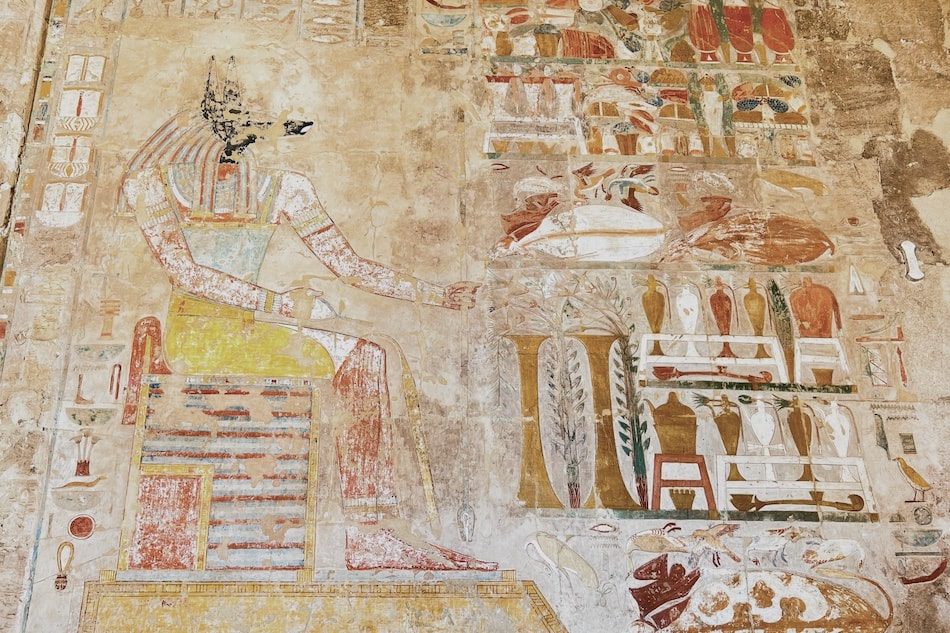
What to Wear in Egypt
As far as clothing goes, Egypt is quite modern. Most Egyptian women do wear a hajib or headscarf, but this is not required or expected of tourists. Tourists are free to dress as they please but I would still dress somewhat conservatively. Covering your shoulders and knees is expected at temples and religious sites and by dressing conservatively, you’ll attract less attention.
Loose clothing is recommended. I brought skirts and dresses that hit below the knee and tops that covered my chest. I did wear leggings once or twice and didn’t receive any comments or noticeable stares.
During the summer months, I suggest lightweight cotton and linen items. In the winter, you’ll want to dress in layers and bring a warm jacket.
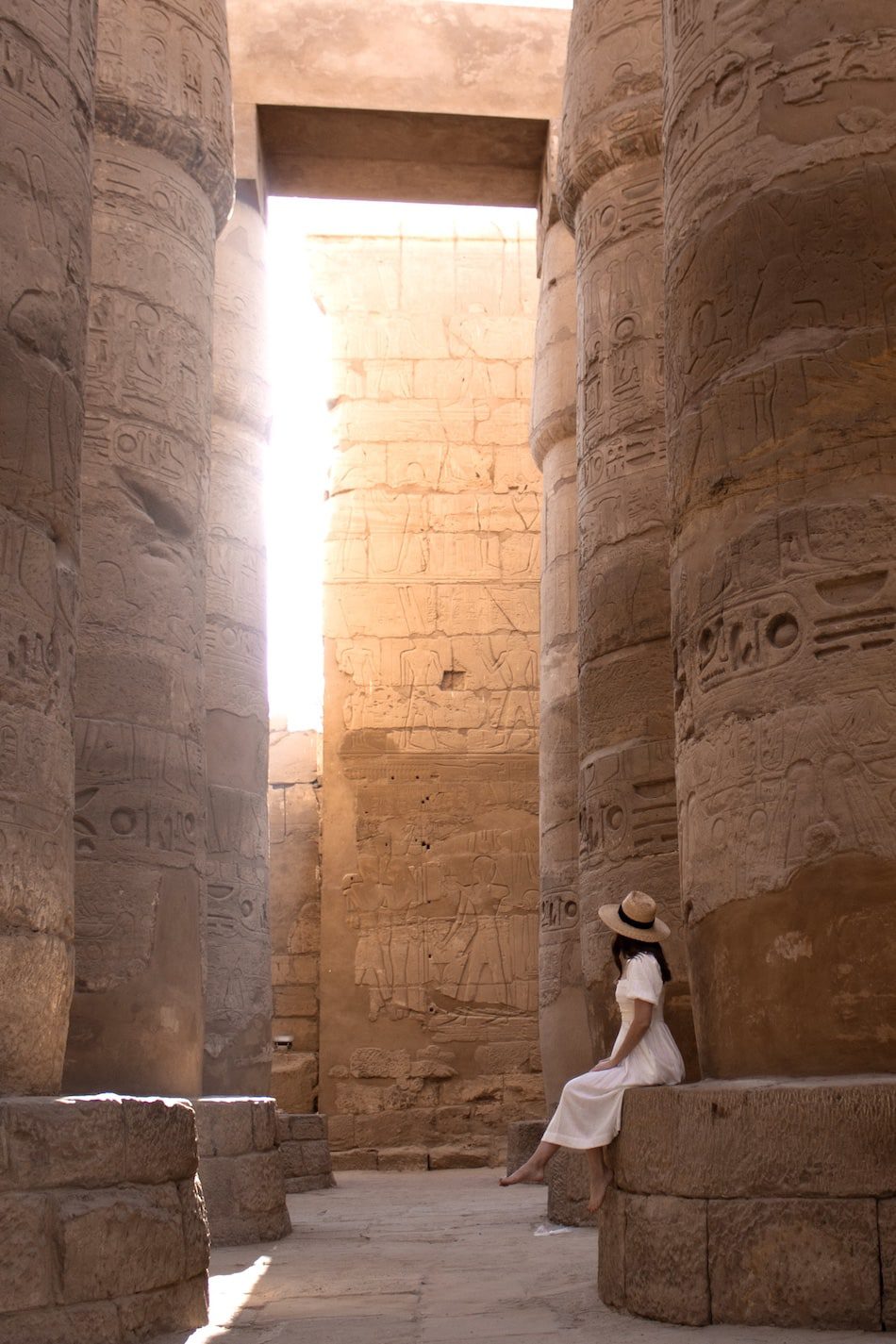
7 Day Egypt Itinerary: Aswan, Abu Simbel, Luxor & Cairo
The following is what I consider the perfect 7 day Egypt itinerary. If you are a bit of a slower traveler, you may want to add an additional day or two. Seven days is just enough time to visit Aswan, Abu Simbel, Luxor & Cairo but if you have additional time, great! I recommend spending more time in Luxor or traveling to the Red Sea.
Day 1-3: Aswan
Aswan is a Nubian city located in southern Egypt next to the Nile. Most travelers begin their trip in Cairo but I suggest starting in Aswan and working your way north. You’ll be saving the best for last. I think if I had started anywhere else I wouldn’t have been as impressed with the smaller temples that I saw at the beginning of my trip.
How to Get to Aswan
Aswan is Egypt’s southernmost city and is located 543 mi (337 km) from Cairo. The best way to get to Aswan is by plane. The flight time from Cairo is about 1 hr 30 min. There are a handful of Egyptair flights each day and you should be able to find one that continues to Aswan shortly after you land at Cairo International Airport.
Things to Do in Aswan:
Day 1: Arrive in Aswan
Afternoon Tea at the Old Cataract Hotel
The Sofitel Old Cataract Hotel is a beautiful colonial-style hotel that was built in 1899. Chances are you’ll be tired from your travels and afternoon tea is the perfect way to relax and spend the afternoon.
The Cataract Hotel’s outdoor restaurant, The Terrace, has an incredible view of the Nile and is a fantastic place to watch the sunset. Tea service comes with a variety of small sandwiches, desserts, and fruit.
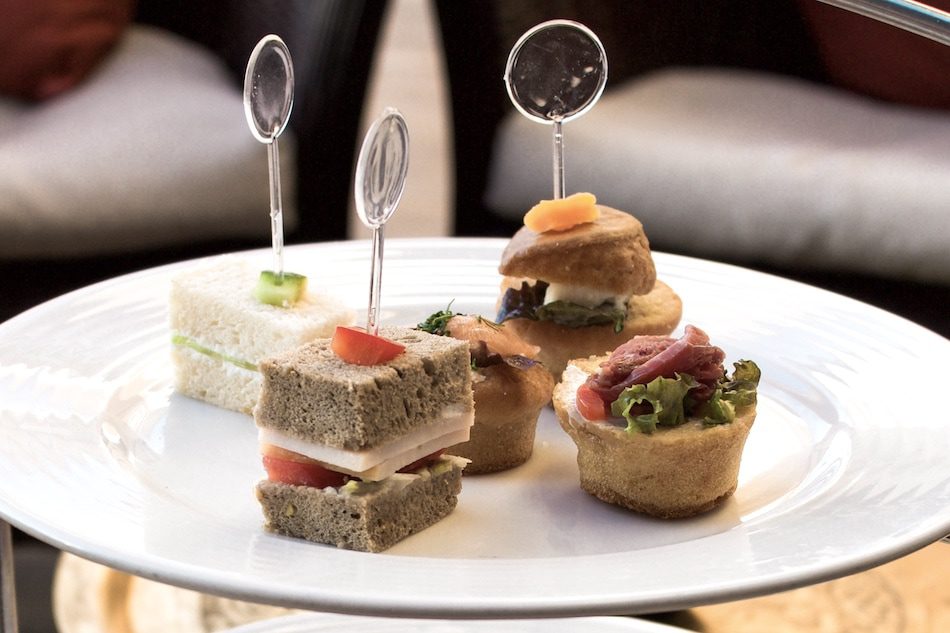
Day 2: Explore Aswan & the Nile
Philae Temple
Philae Temple is a gorgeous but small temple on the island of Aglika. A ticket is purchased on the mainland and then a water taxi is needed to reach the island. The ride is a quick 10 minutes or so. It’s easy to visit independently or you can book a tour.
The temple is dedicated to Isis, Osiris, and Horus. You’ll see lots of hieroglyphs while in Egypt but the ones at Philae are well preserved and are some of the last to be written by ancient Egyptians.
Ticket Price
Regular: 50 EGP
Student: 25 EGP with a valid ID
Temple Hours
Oct-May: 7 am – 4 pm
Jun-Sep: 7 am – 5 pm
Felucca Ride
Spend the afternoon floating down the Nile on a Felucca or traditional sailboat. I suggest going late afternoon so that you can enjoy the sunset from the water. Most are priced per hour and the amount is negotiable.
Other things to do in Aswan are The Unfinished Obelisk or the Nubian Village. The Unfinished Obelisk would have been the largest obelisk in the world if it had been completed at 138 ft (42 m). I skipped the Nubian Village because it sounded like somewhat of a tourist trap but many people enjoy it.
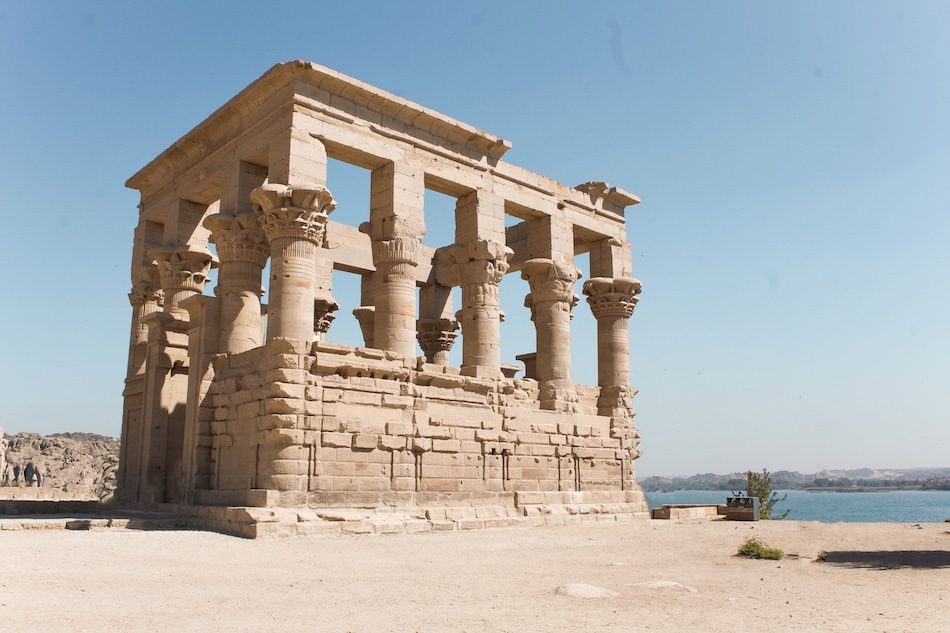
Day 3: Day Trip to Abu Simbel
How to Get to Abu Simbel
Abu Simbel is usually done as a day trip from Aswan. It is possible to fly to Abu Simbel from Cairo but I found that there are few flights and they are on the expensive side. A private car is your best best. You’ll need to arrange a car at least one day prior to departure. This is because the driver is required to get a permit for transport. Your hotel in Aswan should be able to assist you. A good price for the round-trip drive is $130 USD. This is for transport only and does not include a guide.
Abu Simbel is located near the Sudan border. The travel time is about 3-4 hours each way. Most of the tour buses leave as soon as the roads open at 5 am. To avoid the crowds, I recommend leaving at 7 am so that you arrive around 10:30 am just as all the large groups are leaving. You’ll want to give yourself about 2 hours to explore.
A more budget-friendly way to visit Abu Simbel is to join a group tour. You definitely won’t have the place to yourself but if that isn’t important to you, a group tour can save you a lot of money, especially if traveling solo.
Abu Simbel Temple
Abu Simbel is made up of two large temples cut into massive rocks and commissioned during the reign of Ramses II. The Grand Temple is dedicated to Ramses himself and has a facade of four colossal statues, each representing Ramses II sitting on a throne. The smaller temple was built to honor Ramses’ favorite wife, Nefertari.
The temples were relocated from Aswan to southern Egypt in 1968 after the Aswan High Dam was built and waters threatened to submerge it. Abu Simbel is a favorite on this Egypt itinerary. It’s one of Egypt’s most impressive sites and is absolutely worth the drive.
Ticket Price
Regular: 240 EGP
Student: 120 EGP with a valid ID
Temple Hours
Daily: 7 am – 5 pm (verify prior to visiting, hours change)

Where to Eat in Aswan
1902 Restaurant
1902 is located in the Old Cataract Hotel and is Aswan’s most upscale restaurant. The food is superb and the restaurant is beautiful. Be aware that there is somewhat of a dress code. You can also enjoy a more casual meal at the hotel’s other restaurant, The Terrace if you prefer to be outside.
Where to Stay in Aswan
I know I’ve mentioned it a few times now, but the Sofitel Legend Old Cataract is a beautiful hotel and if it’s in your budget then I highly recommend it. It has incredible Nile views and the onsite restaurants are some of the best in Aswan.
The Philae Hotel is one of the best mid-range hotels in Aswan. The charming little hotel is simple but comfortable and has Nile views. It’s also conveniently located near many of the city’s attractions and restaurants.
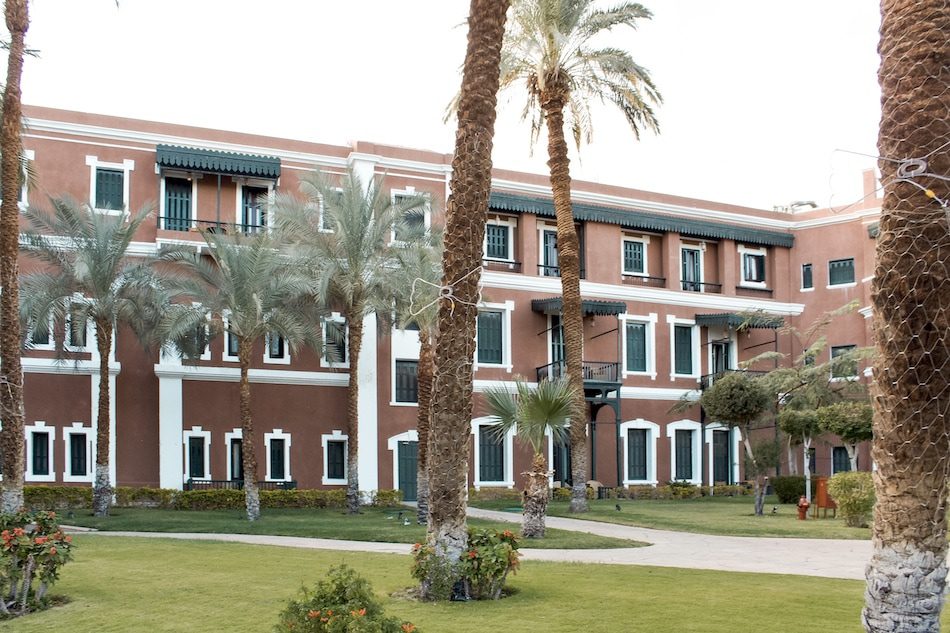
Day 4-5: Luxor
Luxor, once the city of Thebes, was the capital of ancient Egypt. It is the world’s largest open-air museum and is home to Egypt’s most famous sights. The Nile divides Luxor into two parts: the East Bank and West Bank. The East Bank is where you will find most of Luxor’s hotels, shops, and restaurants. You’ll also find the Luxor and Karnak Temples here. The West Bank is home to Luxor’s mortuary temples and tombs. This is where the famous Valley of the Kings is located.
Plan on dedicating at least a day to each bank. The East Bank is easy to explore on your own. Taxis are widely available and the town is very walkable. However, I highly suggest hiring a guide or at minimum, a driver for the West Bank.
There is so much to see on the West Bank and it can be overwhelming. Hiring a driver/guide is going to make more efficient use of your time. Plus, a guide will share fascinating information about the sites with you. Attractions on the West Bank are not walkable from one another and it will be difficult to find a taxi. I used Luxor Taxi. Our driver, Ahmed was great and he arranged for a West Bank guide.
The Luxor Pass includes all of the archaeological sites and museums in Luxor for a single price. The pass is good for five days. You’ll need to determine whether or not the pass is a good buy for you. Based on this itinerary, I personally decided against it. The pass is sold at the Public Relations Office in the Luxor Inspectorate, which is behind the Luxor Museum on the east bank. You’ll need your passport and student ID, if applicable. There are two options for purchase: standard and premium. The premium pass includes the tombs of Seti I and Nefertari.
Standard Pass: $100 USD ($50 USD student)
Premium Pass: $200 USD ($100 USD student)
How to Get to Luxor
Luxor is located in southern Egypt and is 148 mi (238 km) north of Aswan. I chose to take a private car (it seemed to make the most sense). The drive from Aswan is about 3 hrs 45 min and will cost about $130 USD. Flying is another option. The flight time is just 45 minutes but you’ll spend at least an hour at the airport before and after your plane departs/arrives. If you’re on a budget, the train can be a good option for this segment of your journey.
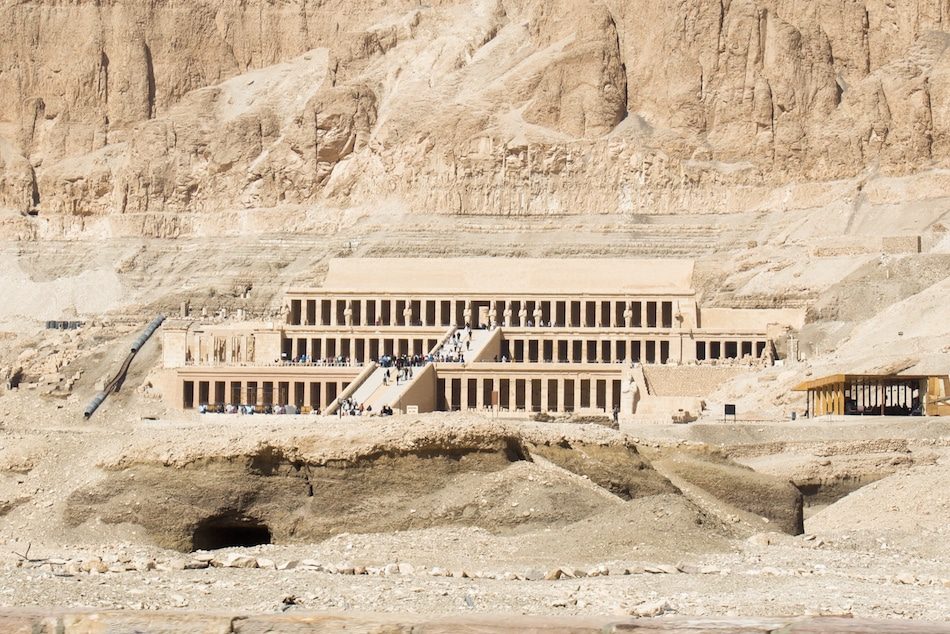
Things to do in Luxor:
Day 4: Discover the East Bank
Karnak Temple
The Karnak Temple complex is made up of temples, chapels, and other buildings that once formed a village of sorts. At its peak, it was the most important religious complex in ancient Egypt and it is the second-largest religious structure ever built, after that of Angkor Wat in Cambodia.
The temple’s Hypostyle Hall is made up of 134 massive columns arranged in 16 rows. Early morning is the perfect time to visit. Arrive around 7 am before the tour groups and watch the sun as it rises and filters through the beautiful columns.
Ticket Price
Regular: 200 EGP
Student: 100 EGP with a valid ID
Temple Hours
Daily: 7 am – 5 pm (verify prior to visiting, hours change)
Luxor Temple
Luxor Temple is located in the center of town. Parts were built under different Kings and the temple isn’t dedicated to any one god or king. It was dedicated to the rejuvenation of kingship and may have been the site where many of the pharaohs were crowned.
Make sure to check out the temple’s tall obelisk (there used to be two, the other was moved to Paris), the court of Ramses II, and the Avenue of the Sphinxes. The Avenue of the Sphinxes is a straight line of sphinx statues that once connected Luxor Temple to Karnak. Crowds seem to be at the fewest during mid-day.
Ticket Price
Regular: 160 EGP
Student: 80 EGP with a valid ID
Temple Hours
Daily: 7 am – 8 pm (verify prior to visiting, hours change)
Mummification Museum
The Mummification Museum is located near Luxor Temple and is just a five-minute walk from its entrance. The museum has mummified objects, animals, and even a human mummy. Its purpose is to explain and demonstrate the mummification process.
The museum is small and can be viewed in about 30 minutes. I wouldn’t call it a must-do in Luxor but it is interesting. The museum has evening hours so it makes for a great nighttime activity. However, if you’re on a budget, I would wait and pay to see King Tutankhamun’s mummy at the Valley of the Kings.
Ticket Price
Regular: 100 EGP
Student: 50 EGP with a valid ID
Museum Hours
Daily: 9 am – 1 pm (ticket window closes at 12 pm)
Nightly: 5 pm – 8 pm (ticket window closes at 7 pm)
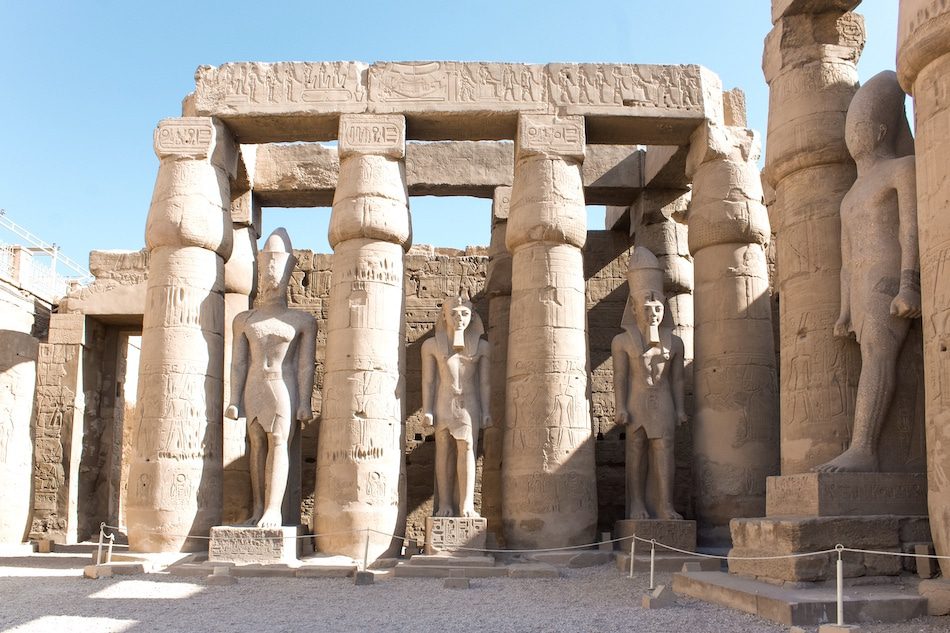
Day 5: Tour the West Bank
Valley of the Kings
Valley of the Kings is Egypt’s most famous collection of tombs. The mountainside doesn’t look like much at first glance, but below it are 63 tombs of some of the most important Egyptian pharaohs (including the famed King Tutankhamun). The massive site was discovered in 1922 and is still being excavated today.
A ticket includes admission to three tombs of your choice. There is an additional fee for King Tutankhamun, Seti I, and Ramses V & VI. My guide made some suggestions as to which tombs to visit and I chose Ramses I, Ramses III, and Merenptah. They turned out to be great choices. Ramses I is on the smaller side but it’s very colorful and well preserved.
I also purchased a ticket to King Tutankhamun’s tomb. I highly recommend it. I had always been fascinated with Tut and Egyptian history as I child so it was incredible to see his mummy in person. If you’re looking for his famous gold and blue mask, it is currently on display at the Egyptian Museum in Cairo (as of March 2022). It will soon be moved to the new Grand Egyptian Museum in Giza.
It’s best to arrive as early as possible. Late morning becomes overrun with large tour groups.
Ticket Price
Regular: 240 EGP
Student: 120 EGP with a valid ID
Temple Hours
Daily: 7 am – 5 pm (verify prior to visiting, hours change)
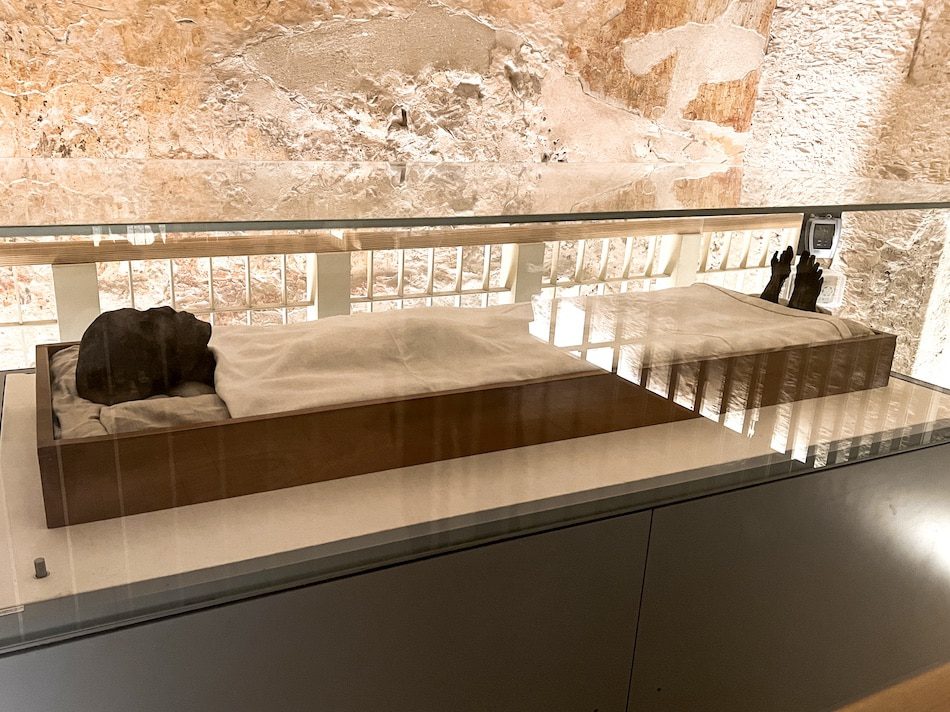
Deir el-Bahari
Deir el-Bahari is a complex of mortuary temples and tombs. It was built on several levels that include three terraces that rise up the cliffside. The most famous of the three celebrates Hatshepsut, the queen who became pharaoh and ruled for 21 years during the early part of the New Kingdom.
The temple has an impressive facade and colorful hieroglyphs on its walls. I’d suggest visiting Deir el-Bahari late morning after the Valley of the Kings.
Ticket Price
Regular: 140 EGP
Student: 70 EGP with a valid ID
Temple Hours
Daily: 7 am – 5 pm (verify prior to visiting, hours change)
Medinet Habu
Medinet Habu is primarily known as the mortuary temple of King Ramses III, although there are other buildings that make up the complex. It’s one of Egypt’s most well-preserved temples from the New Kingdom. The temple has beautiful columns and reminded me somewhat of Karnak but on a much smaller scale. The temple is often overlooked by tourists, making the afternoon a great time to visit.
Ticket Price
Regular: 100 EGP
Student: 50 EGP with a valid ID
Temple Hours
Daily: 6 am – 5 pm (verify prior to visiting, hours change)
Colossi of Memnon
The Colossi of Memnon are two massive sandstone structures of Pharaoh Amenhotep III and are the first thing you will see when arriving on the West Bank. There was once a third which is currently being restored as the site is excavated. The site is a quick stop that is doable as you are entering or exiting the West Bank. Most tours groups make a stop in the morning so afternoons tend to be quieter.
The site is free to visit.

Where to Eat in Luxor
Sofra Restaurant & Cafe
Sofra Restaurant & Cafe is located on Luxor’s East Bank and is one of the city’s most popular restaurants. The space is decorated with antique furniture and serves classic Egyptian dishes. I highly recommend one of their “casseroles” that are served in a small iron pan. It was my favorite meal on this Egypt itinerary.
Where to Stay in Luxor
Sofitel Winter Palace is Luxor’s most grand and beautiful hotel. The colonial-style hotel was built in the 19th century and has sprawling gardens that overlook the Nile. It has a beautiful pool and a couple of great restaurants on site. The hotel is conveniently located near the Luxor Temple and Mummification Museum. It’s also walkable to many restaurants and shops. It’s definitely worth the splurge if it’s in your budget.
Pavillon Winter Luxor is the Sofitel Winter Palace’s sister hotel. The smaller hotel is located on the same property as the Winter Palace but the hotel itself is much more modest and budget-friendly. It shares the same beautiful gardens and pool as the Winter Palace but is a fraction of the price. As mentioned above, the location is fantastic and it’s one of my favorite hotels on this Egypt Itinerary.
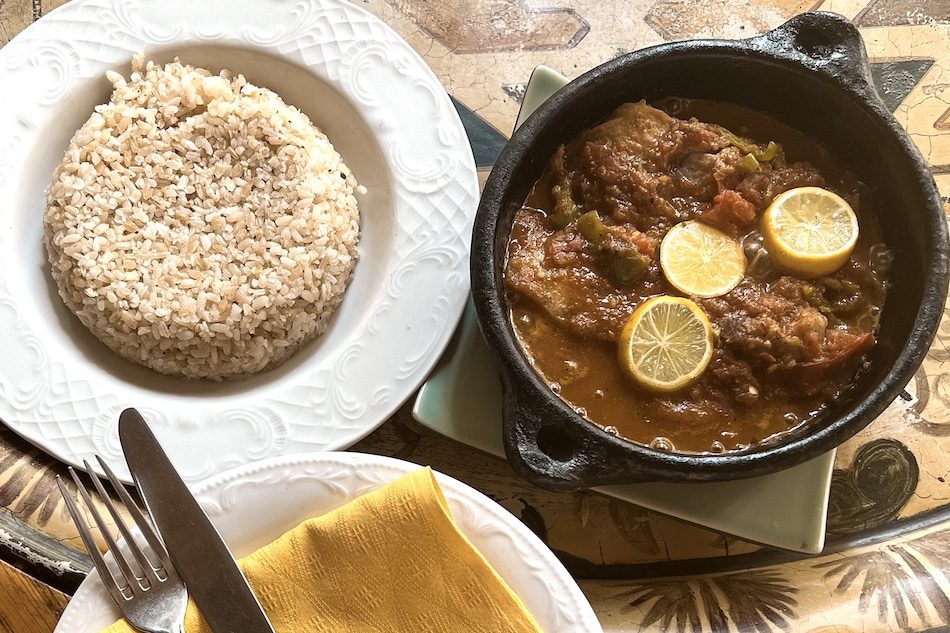
Day 6-7: Cairo
Cairo is the capital of Egypt and the largest Arab city. It’s home to over 21 million people, making it a very busy city. It takes some planning to get around and to make the most of your time. Day 6 is another day where I think it is very worthwhile to hire a guide.
How to Get to Cairo
Cairo is located in northern Egypt and is 436 mi (701 km) from Luxor. The best way to get to Cairo from Luxor is to fly. Flight duration is just 1 hr 10 min. I recommend taking a late evening flight on your last day in Luxor.
Things to Do in Cairo:
Day 6: Great Pyramids, Egyptian Museum, & Bazaar
Pyramids of Giza Plateau
Egypt’s most famous pyramids are located in Giza, about 30 minutes from Cairo. The Giza Pyramids were built over 4,500 years ago and the site is the last standing of the Seven Wonders of the Ancient World. Three pyramids dominate the plateau with the Great Pyramid being the largest. It stands at 481 ft (147 m) and it’s estimated that 2.3 million stones were used in its construction.
At the Giza Plateau, you’ll also find the Great Sphinx. The Great Sphinx is the oldest sphinx in Egypt and one of the largest. It was carved directly into bedrock during the reign of Khafre. Ancient Egyptian sphinxes have a human head and the body of a lion. The lion may have represented strength and the head, the intelligence of the king. It’s best to start your day at Giza and visit at 8 am upon opening.
Ticket Price
Regular: 200 EGP (additional 400 EGP to go inside the pyramid)
Student: 120 EGP with a valid ID
Site Hours
Summer: 8 am – 5 pm
Winter: 8 am – 4 pm (the last admission is one hour before closing)
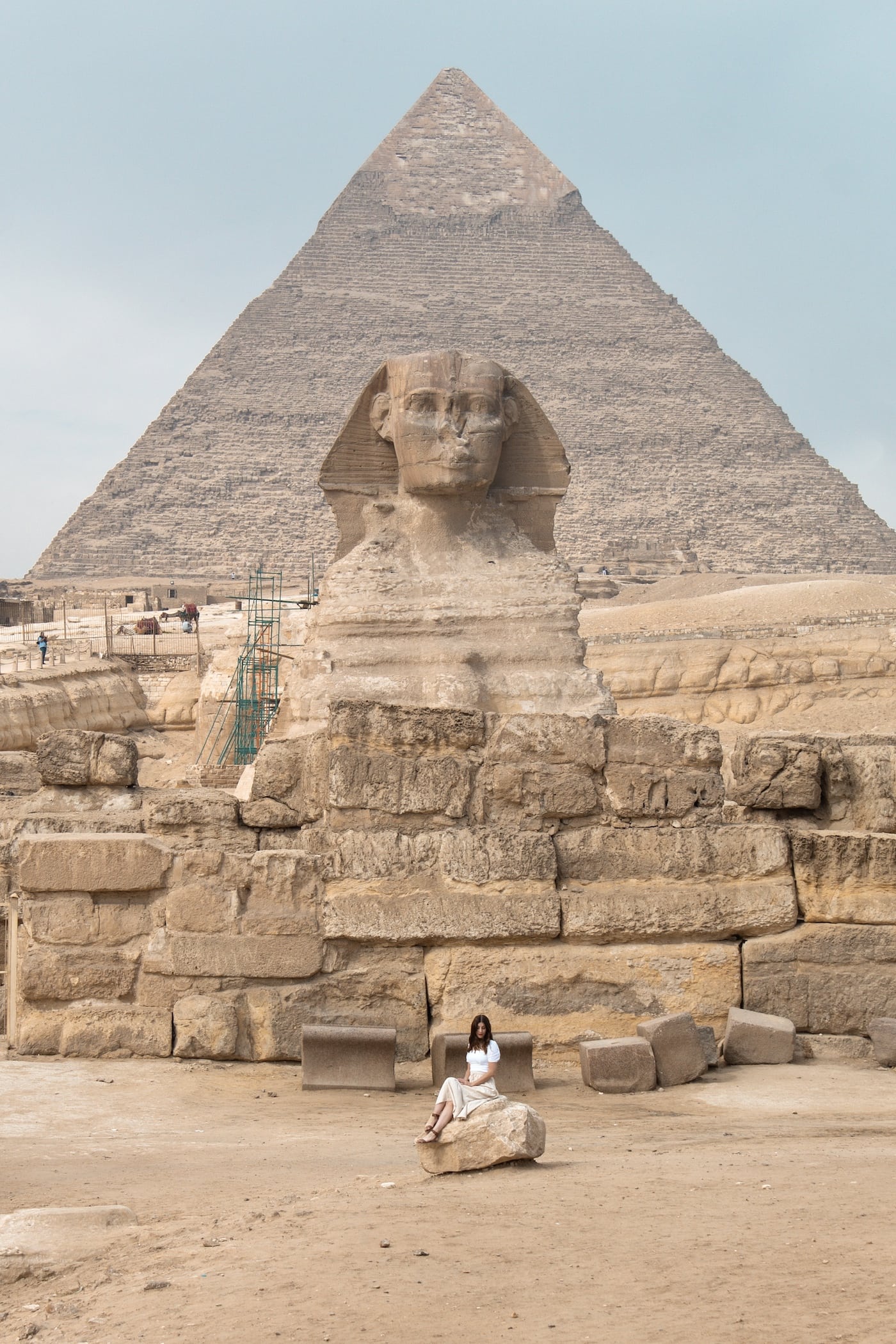
Egyptian Museum
The Museum of Egyptian Antiquities, or the Egyptian Museum, is the oldest archaeological museum in the Middle East. It opened in 1902 and houses a massive collection of antiquities and has over 120,000 items. The museum is currently located near Tahrir Square in Cairo but is in the process of being moved to Giza.
The Grand Egyptian Museum is scheduled to open in November 2022. Due to the move, you’ll see a lot of empty space around the Cairo location. However, at the time of my visit (March 2022), there was still a lot to see and King Tutankhamun’s famous gold and blue mask had yet to be moved.
Ticket Price
Regular: 200 EGP
Student: 100 EGP with a valid ID
Site Hours
Daily: 9 am – 5 pm (ticket window closes at 4:15 pm)
Khal El-Khalili Bazaar
Khal El-Khalili Bazaar is a famous open-air bazaar and souk located in historic Cairo. The busy bazaar has all kinds of things ranging from souvenirs to more exotic items such as beautiful brass lanterns, glass lamps, spices, jewelry, and more. It’s also home to many cafes, including El-Fishawi, the oldest in Egypt.
It’s open 7 days a week, with the exception of Sundays.
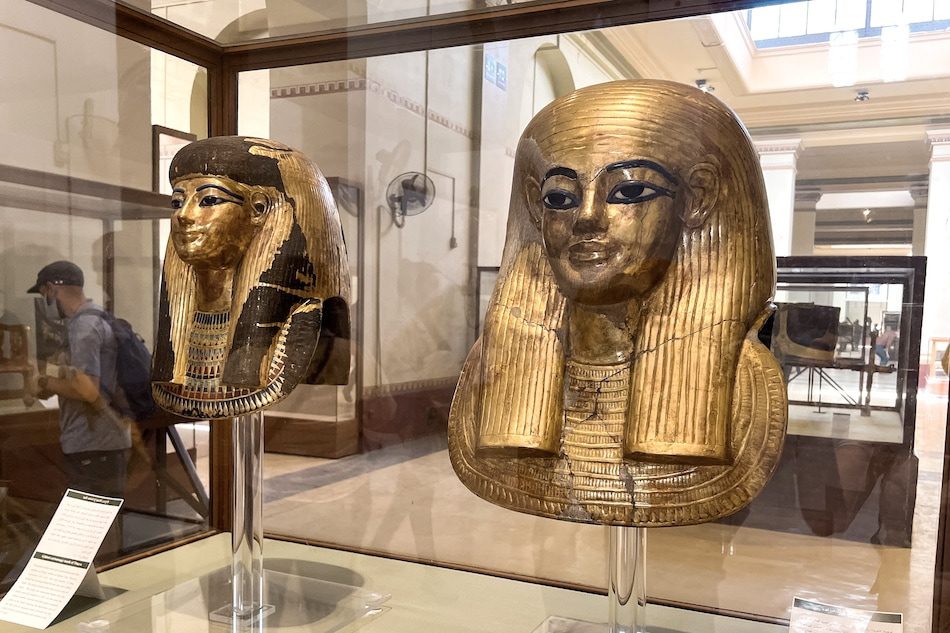
Day 7: Cairo
Saqqara Pyramid Complex
Saqqara (Sakkara) Pyramid Complex is located about 20 mi (32 km) south of Cairo and about 30 min from Giza. The complex is home to the Pyramid of Djoser, the oldest pyramid in Egypt and the oldest complete stone structure in history. The giant step pyramid is 4,700 years old and 200 years older than the pyramids at Giza. The site was used as a burial ground and contains the tombs of kings from the first and second dynasties.
Ticket Price
Regular: 180 EGP
Student: 90 EGP with a valid ID
Site Hours
Daily: 8 am – 5 pm

Where to Eat in Cairo
Egyptian Pancake House
The Egyptian Pancake House is located in the Khal El-Khalili Bazaar area. Don’t be fooled, these are nothing like your typical American pancake. The Egyptian “pancake” is a pastry stuffed with either cheese, meat, veggies, or seafood. The pastry is cut into little squares that you pull apart and eat with your hands. They’re super tasty and the restaurant has a great patio for people-watching.
Where to Stay in Cairo
Guardian Guesthouse is actually located in Giza but I found it made more sense to stay there rather than Cairo. Guardian Guesthouse is a wonderful multi-story guesthouse run by a very sweet family. It has the very best view of the pyramids and has a handful of rooms that look directly out at the Sphinx. It was so magical to wake up to each morning. You can also watch the light and sound show from the roof for free. Guardian Guesthouse is budget-friendly and includes breakfast.
Mango Cafe is a great coffee stand just around the corner from the guesthouse. They have great espresso and it was a great place to sit and chat with some of the locals.
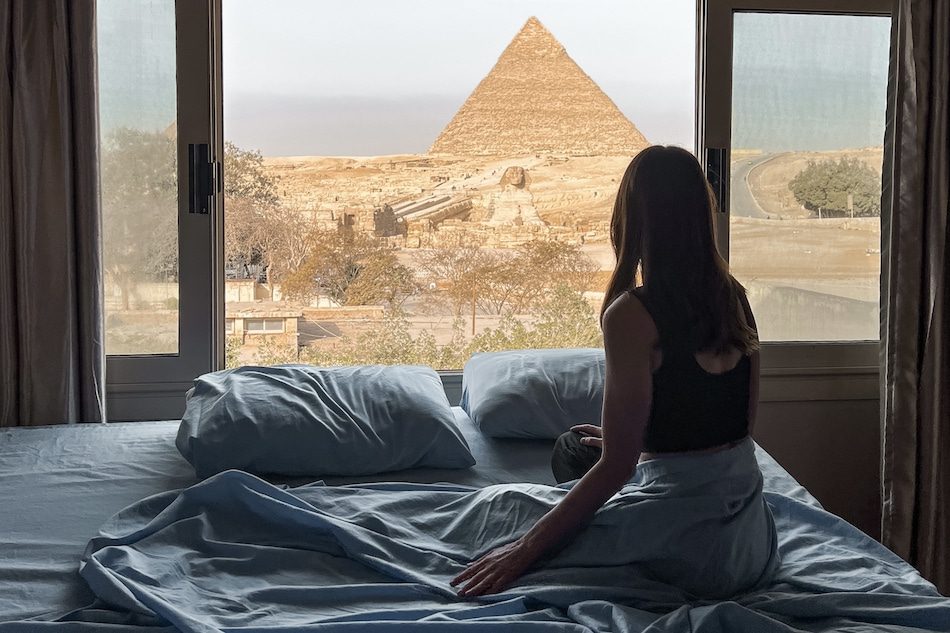
Other Tips for Visiting Egypt
- Buy a SIM card at the airport or mobile phone store. Depending on your phone carrier, it will likely be considerably less than your data plan.
- Always have a jacket on hand during cooler months. It can get surprisingly chilly in the morning/evening.
- Dress appropriately at temples and religious sites. Shoulders and knees should be covered.
- Bring a water bottle with filtration. The tap isn’t safe to drink and this will help cut down on plastic use.
- Most of the animals are treated poorly. Please don’t take a horse and carriage. The animals work hard all day with little food/water.
- The light and sound shows are overrated and overpriced. I’d skip this activity or stay at Guardian Guesthouse where you can watch for free.
Have you been to Egypt? Is there something I should add to this 7-day Egypt itinerary? I’d love to hear about your favorite sights. If you’ve enjoyed this post, please leave a comment or share using the social media buttons below. Looking for a more detailed Cairo Guide? Continue to my post, “5 Incredible Places to Visit in Cairo, Egypt“.
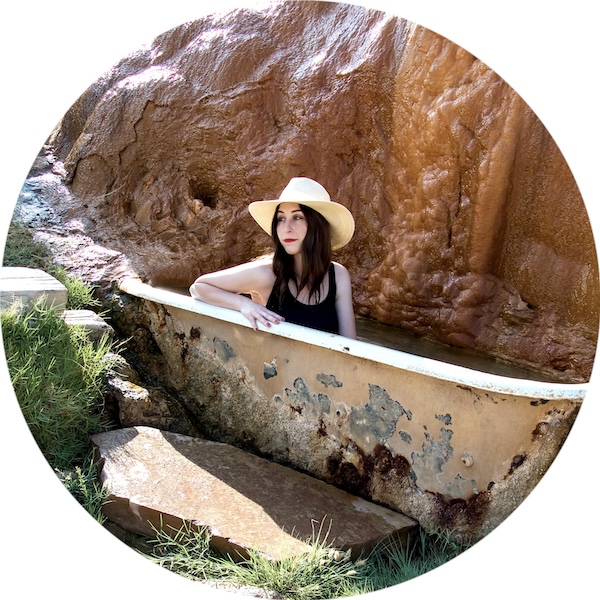
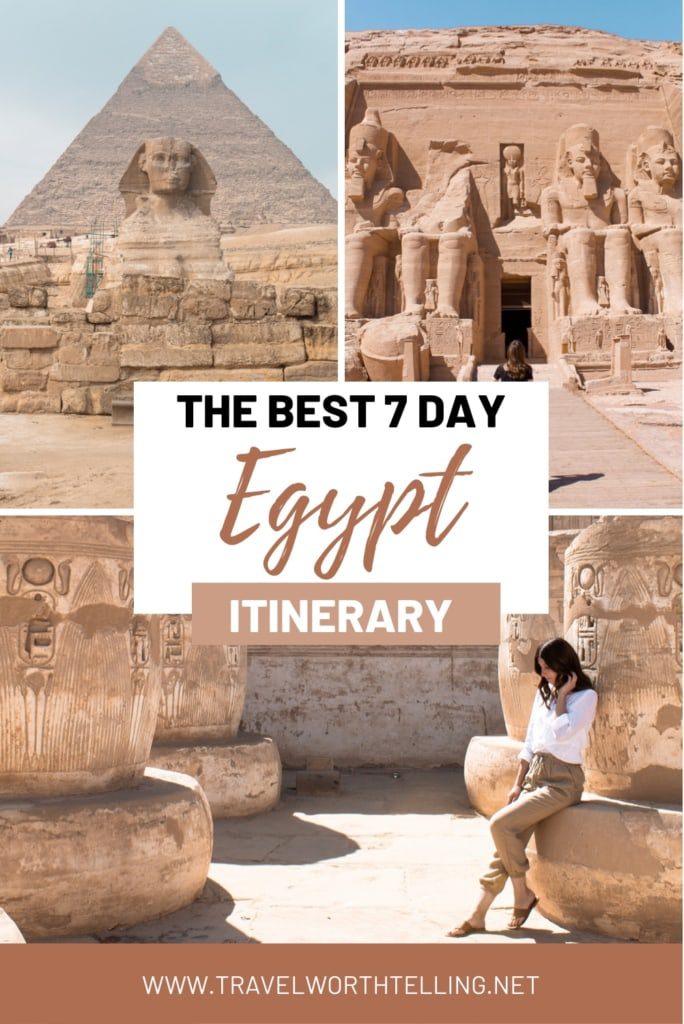
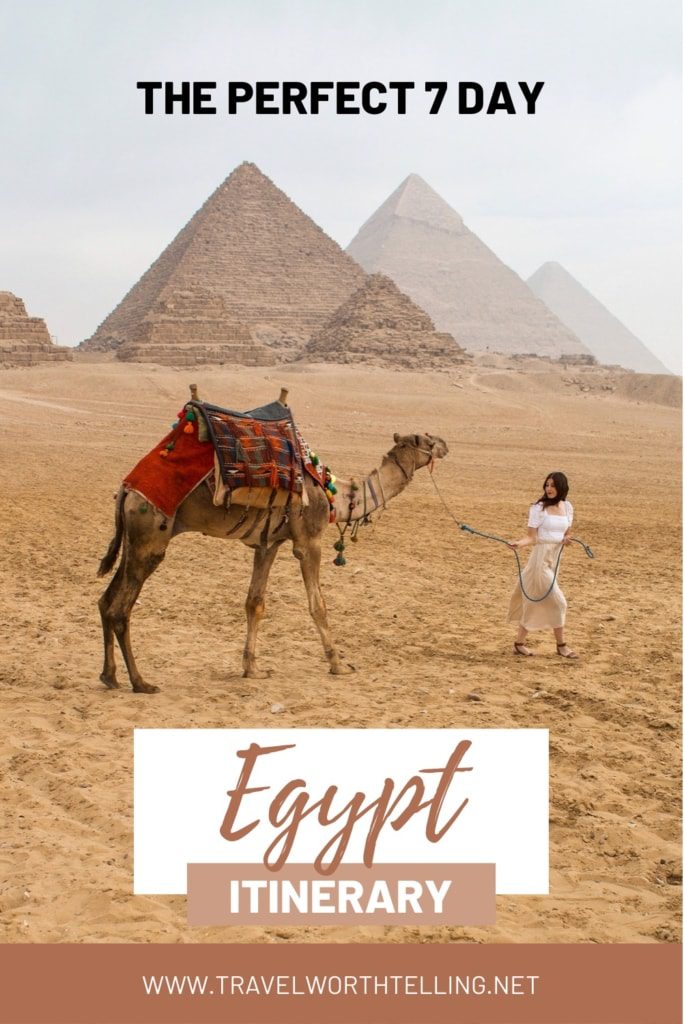
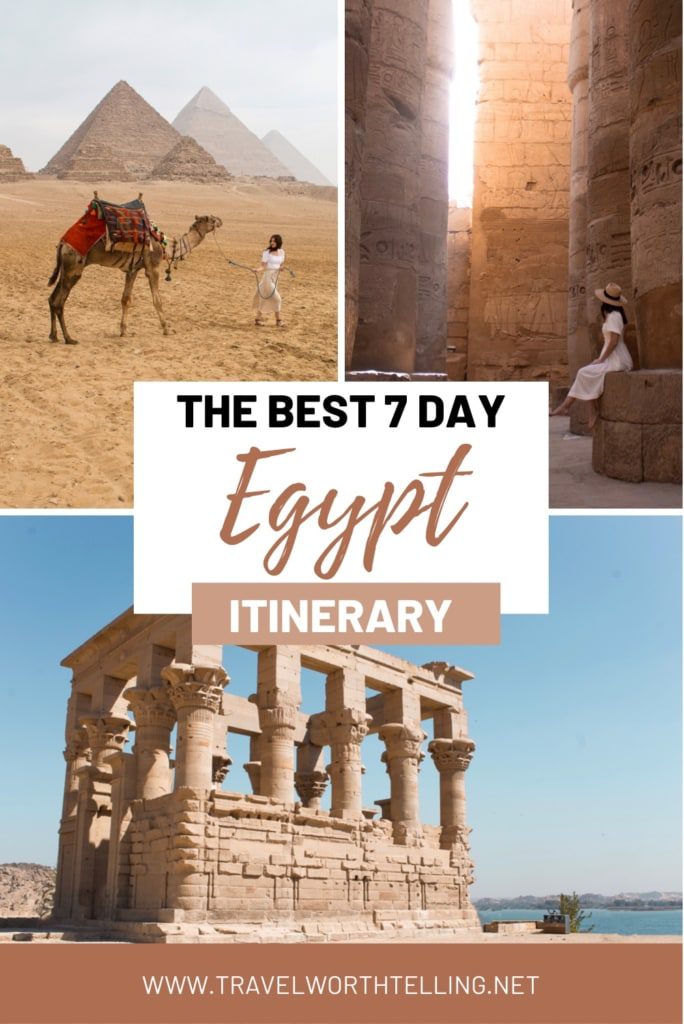

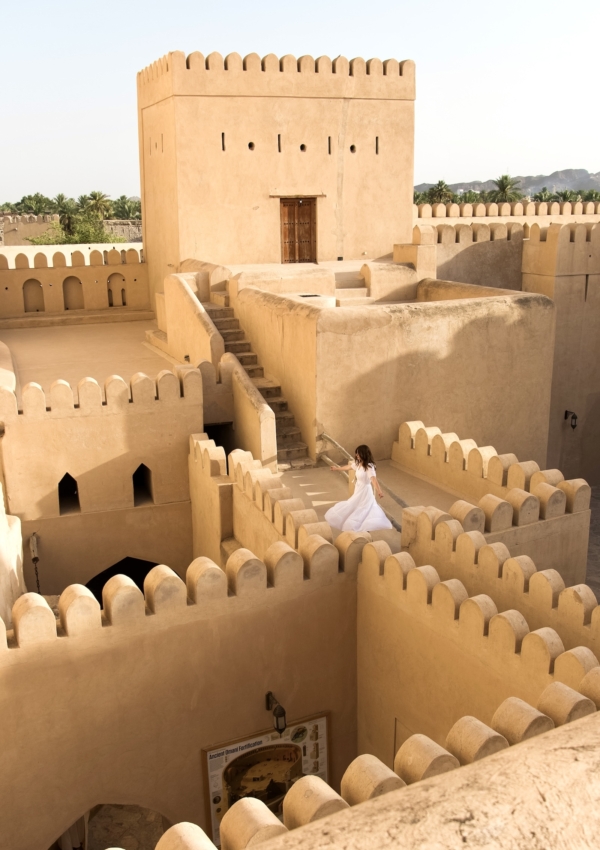
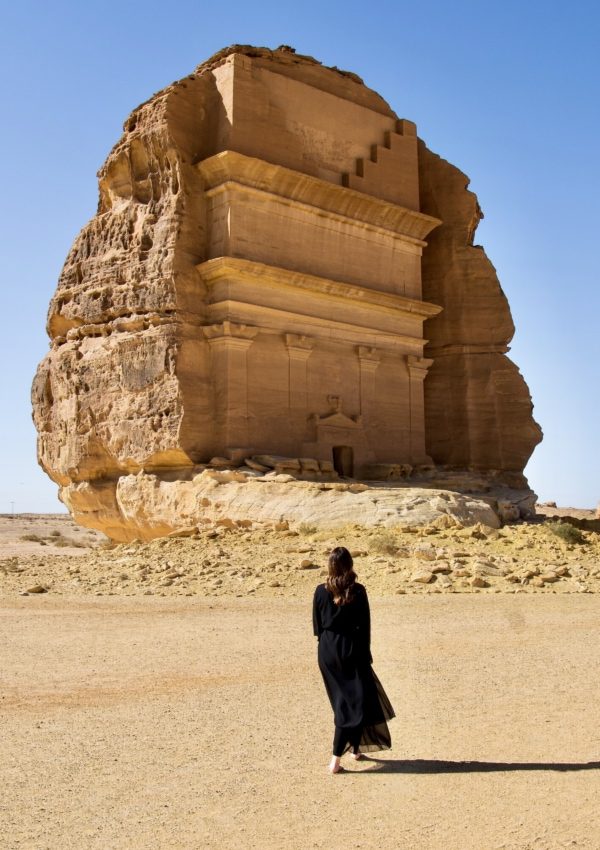

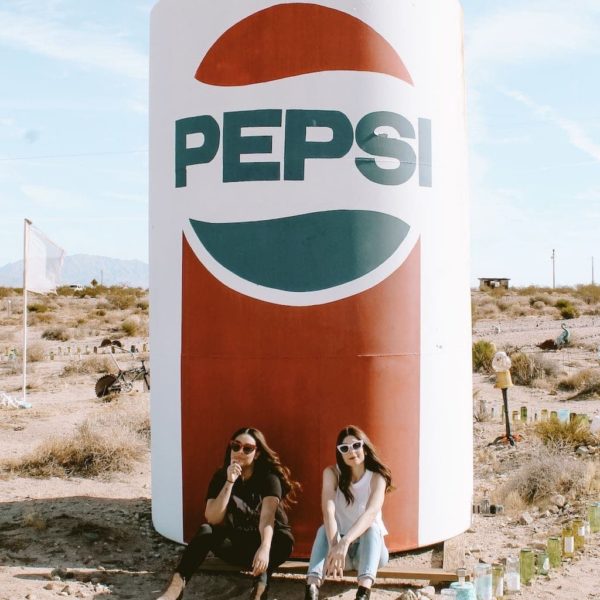
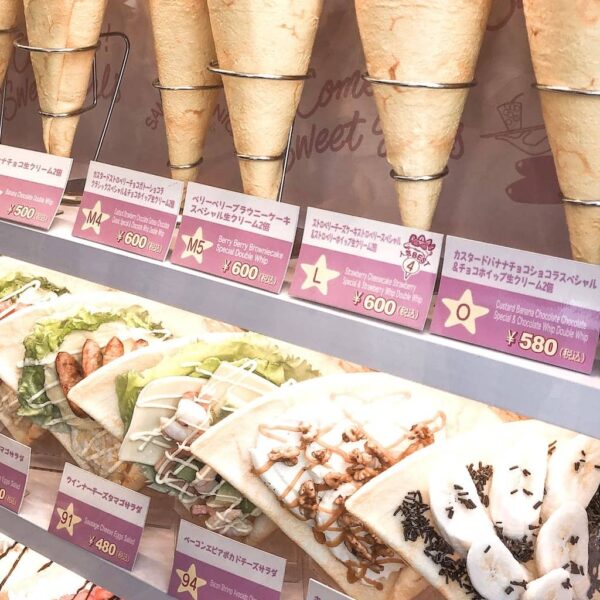
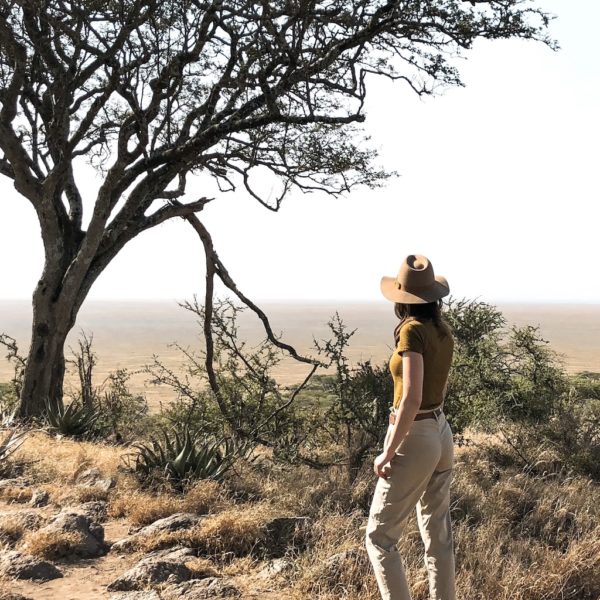
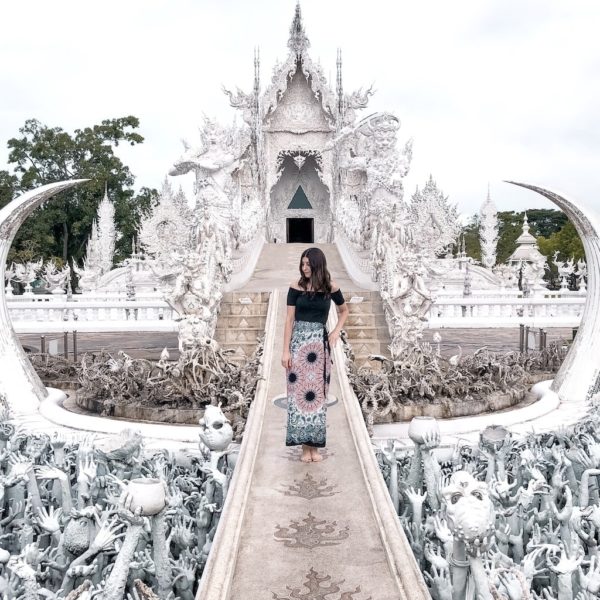
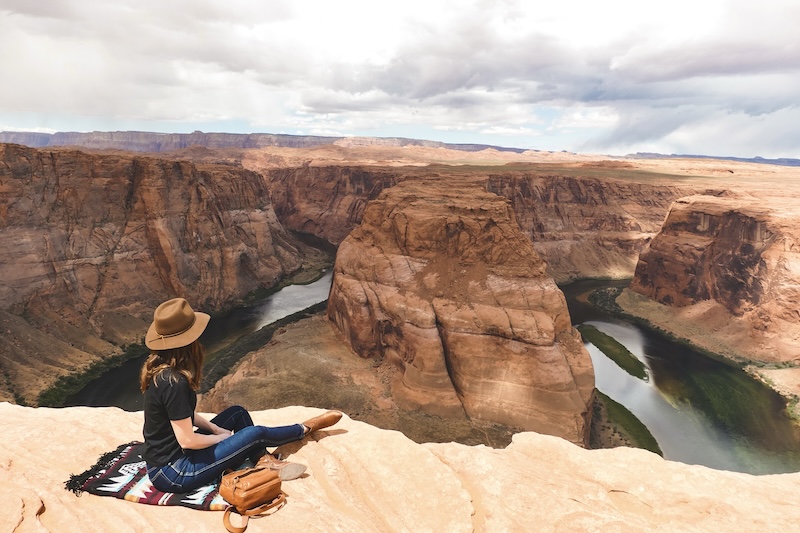
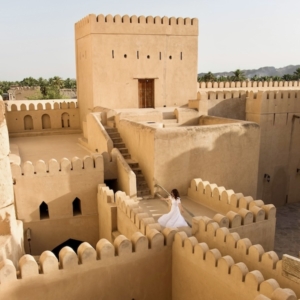
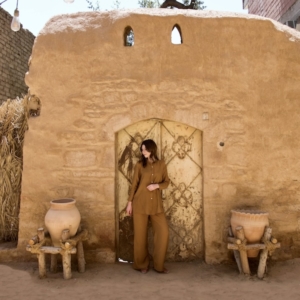
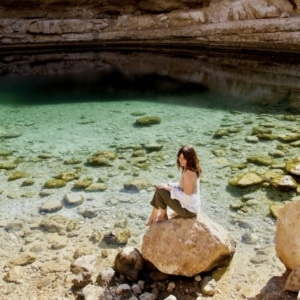
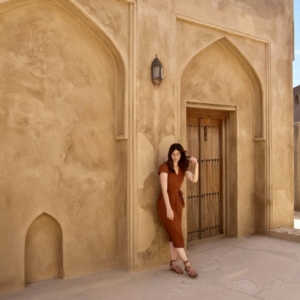

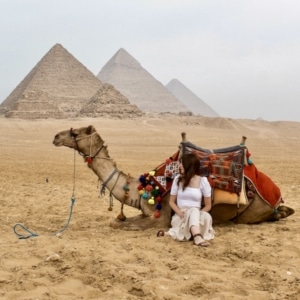
Wow! I am so jealous you visited all these fantastic places! and the itinerary simply looks great! so many beautiful things to see! and congratulations also for your photos! they are simply spectacular! ❤️
This is a bucket list trip for me. Thanks for all of the great advice and tips. There are just some things you would not know unless getting that information from someone who has experienced it.
What a comprehensive itinerary guide! Would love to visit Egypt some day, especially Cairo had been a dream destination since childhood.